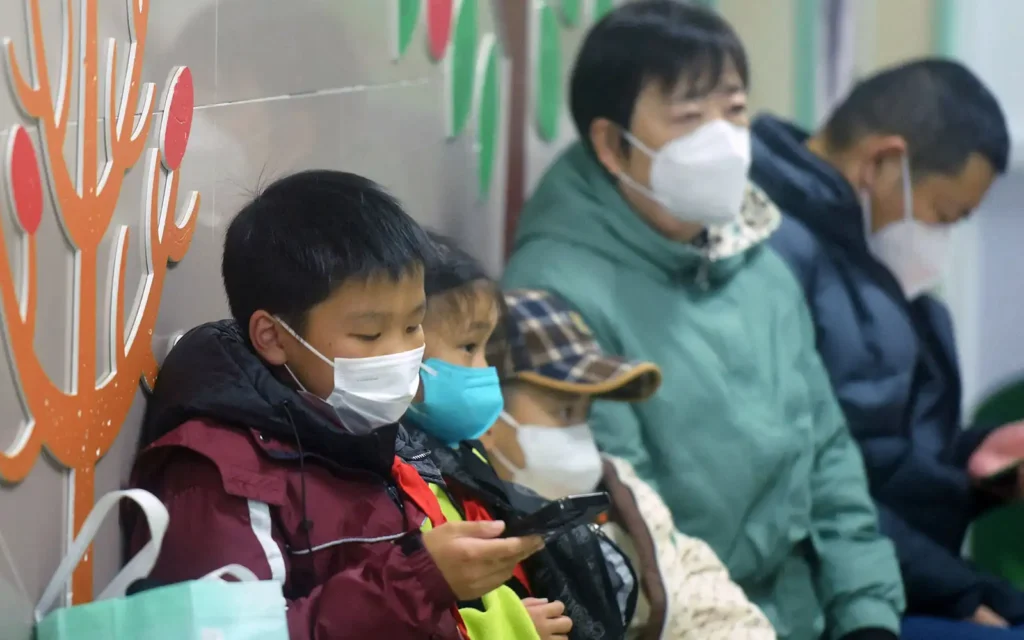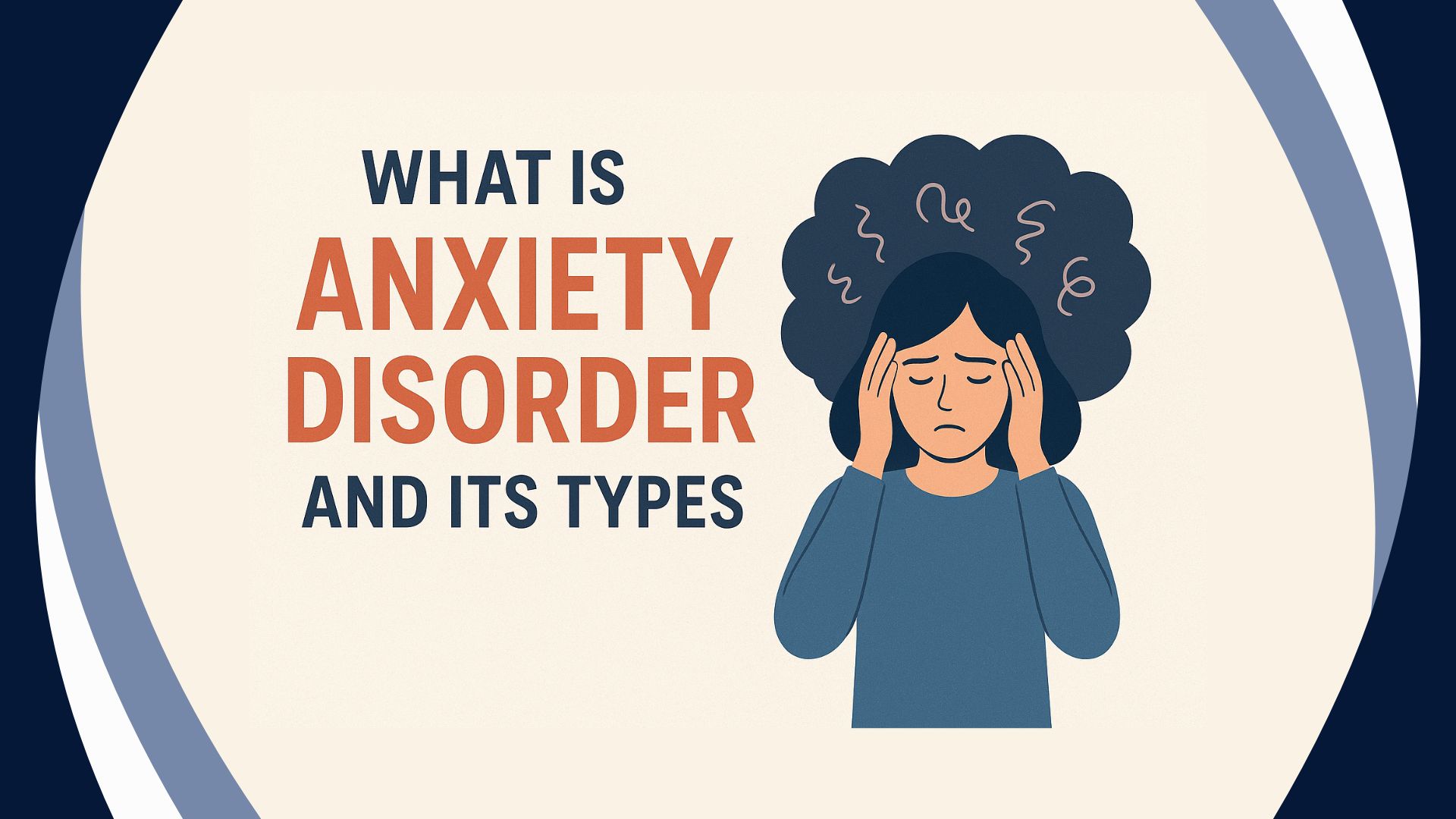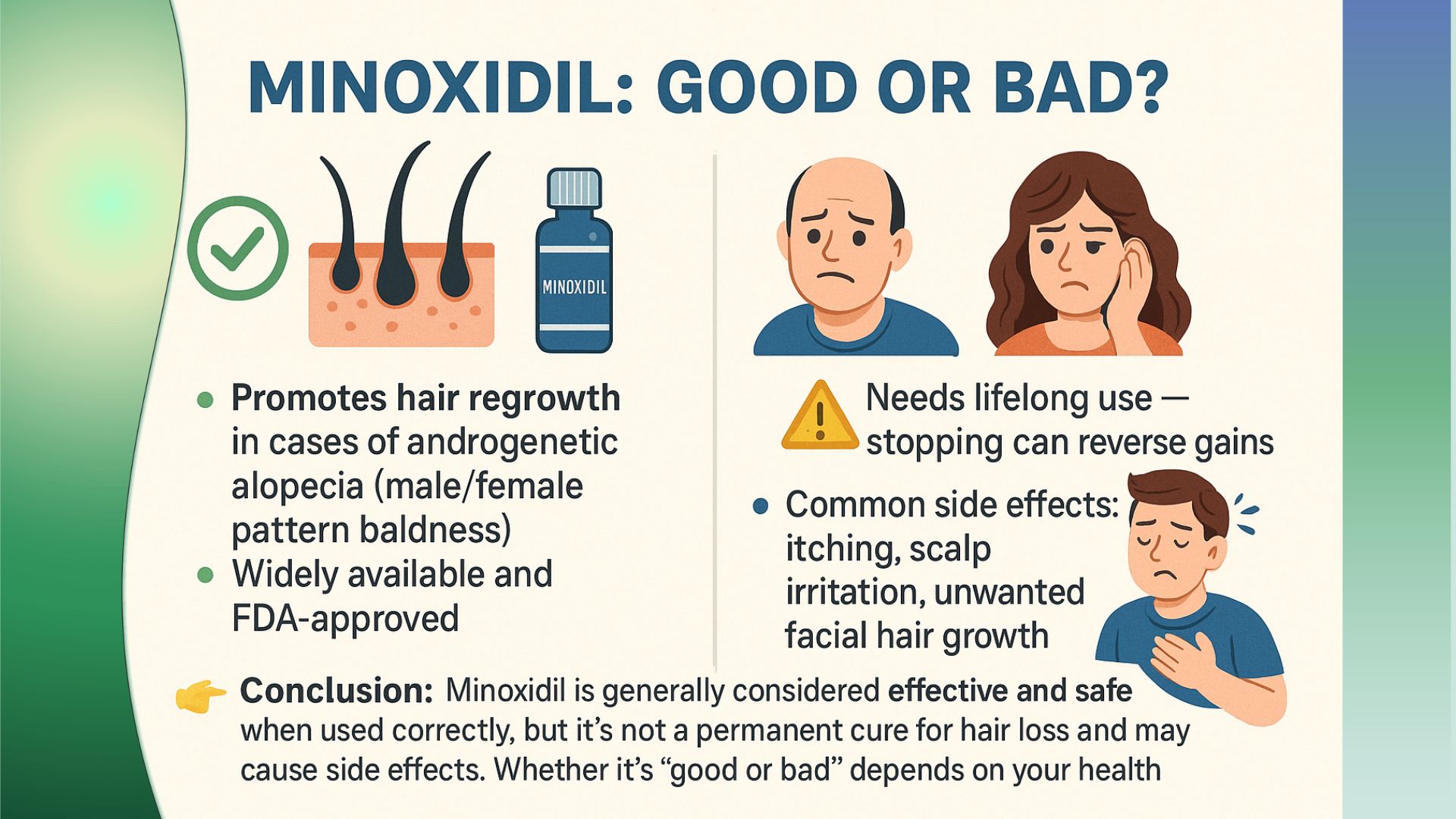Understanding Human Metapneumovirus (HMPV)symptoms, causes and precautions

Human metapneumovirus (HMPV) is an important respiratory pathogen that has attracted attention since its discovery in 2001. The virus causes a variety of respiratory illnesses, particularly in young children, the elderly, and individuals with weakened immune systems. As we study the characteristics, transmission, symptoms, and management of HMPV, it becomes clear why understanding this virus is important for public health.
Overview of (HMPV)
HMPV belongs to the Pneumoviridae family, which also includes the well-known respiratory syncytial virus (RSV). The virus is classified into two genetic groups, A and B, each divided into subcategories (A1, A2, B1, B2). HMPV is primarily spread through respiratory droplets released when an infected person coughs or sneezes. It can also be spread by touching contaminated surfaces and then touching the face.
Human Metapneumovirus (HMPV) is a respiratory virus that can cause mild to severe respiratory illness. To reduce the risk of infection and transmission, consider the following precautions:
General Precautions
- Hand Hygiene: Wash hands frequently with soap and water for at least 20 seconds, especially after coughing or sneezing. If soap and water are not available, use hand sanitiser with at least 60% alcohol.
- Avoid Close Contact: Maintain distance from individuals who are sick, and avoid close contact with people who have respiratory symptoms.
- Respiratory Etiquette:Cover your mouth and nose with a tissue or your elbow when coughing or sneezing. Dispose of tissues properly.
- Face Masks: Wear a mask in crowded or enclosed spaces, especially during a pandemic or if you are in contact with vulnerable populations.
Environmental Precautions
- Disinfect Surfaces: Regularly clean and disinfect frequently-touched surfaces such as doorknobs, light switches, and mobile devices.
- Ventilation: Ensure good ventilation in indoor spaces to reduce the concentration of airborne viruses.
Health Monitoring
- Stay Informed: Be aware of any outbreaks in your community and follow public health guidelines.
- Seek Medical Advice: If experiencing symptoms like fever, cough, or difficulty breathing, consult a healthcare provider for guidance.
By following these precautions, you can help protect yourself and others from HMPV and other respiratory viruses.

Symptoms and Clinical Presentation
HMPV infections manifest with symptoms similar to those of the common cold or flu. In adults and older children, symptoms typically include:
- Cough
- Fever
- Nasal congestion
- Sore throat
- Fatigue
- Wheezing and shortness of breath
In young children, HMPV can cause serious respiratory problems such as bronchiolitis and pneumonia. The incubation period for HMPV is usually 3 to 5 days. Although most cases are mild, severe infection can occur, especially in high-risk populations.
Epidemiology
HMPV is prevalent worldwide and typically spreads in late winter and spring. Studies have shown that approximately 10% to 12% of respiratory illnesses in children are caused by HMPV. Most individuals will have been infected by the age of five, but reinfection is possible, often with mild symptoms due to partial immunity developed from previous infection.
Treatment and Management
Currently, there is no specific antiviral treatment or vaccine for HMPV. Management focuses on alleviating symptoms and providing supportive care. Recommended strategies include:
- Rest and hydration
- Use of fever reducers (e.g., acetaminophen or ibuprofen)
- Nasal decongestants
- Humidifiers to ease breathing
In severe cases, especially in high-risk individuals, medical interventions such as oxygen therapy or bronchodilators may be required. Antibiotics are prescribed only if a secondary bacterial infection occurs.
Conclusion
Human metapneumovirus is an important respiratory pathogen that poses significant health risks, particularly to vulnerable populations. Awareness of its symptoms, transmission routes, and management strategies is essential for effective prevention and treatment. As research continues to develop to understand HMPV, public health interventions can be better tailored to reduce its impact on communities around the world.







